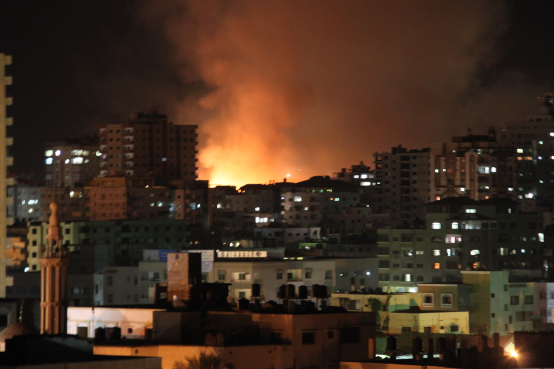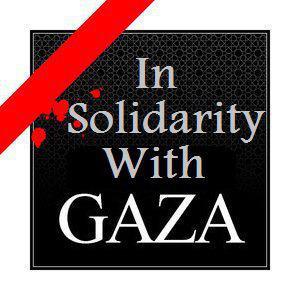Tag: Gaza
-
Gaza Under Attack: International eyewitnesses call for action
November 14th, 2012, By International Solidarity Movement, Gaza Strip Beginning at 3:35 pm today, the Gaza Strip has been shaken by several Israeli army attacks from drones, apaches, F-16s, and naval vessels. One of the first people killed was Ahmed al-Jabari, chief of staff of Hamas’ military wing. Palestinian factions vowed revenge, and their armed…
-
Letter from ISM activist in Gaza
14th November 2012 | International Solidarity Movement, Gaza Strip Dear All. I am calling on all your support for the besieged people of the Gaza Strip. Here in Gaza, more than 10 people have been killed so far in the Israeli operation named “Pillar of Defence” within the last 7 hours, including countless children such…
-
A new Gaza Massacre: Press Release
14th November 2012 | The One Democratic State Group, Gaza Strip via www.odsg.org Besieged Gaza, Occupied Palestine–The Palestinian Students’ Campaign for the Academic Boycott of Israel, University Teachers’ Association and The One Democratic State Group condemn in the strongest possible terms the criminal Israeli attack against innocent Palestinians in the Gaza Strip. More than 7…


